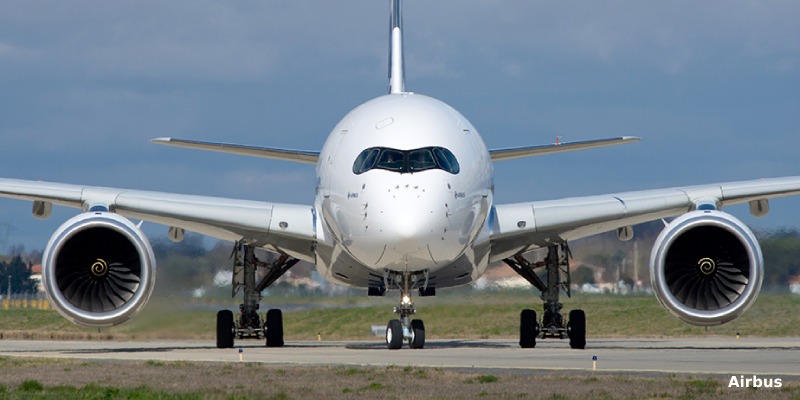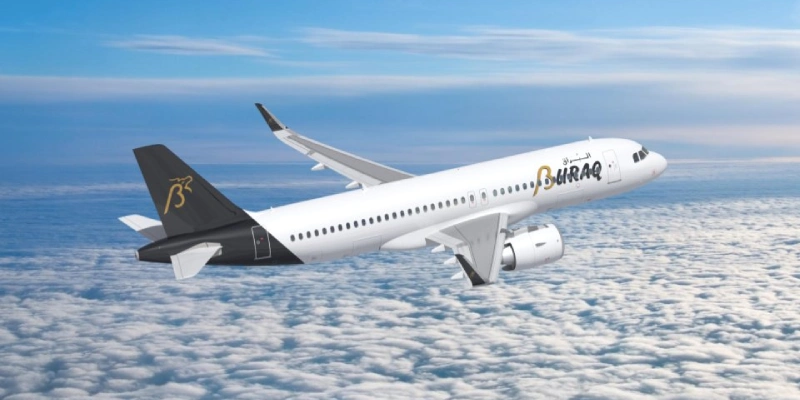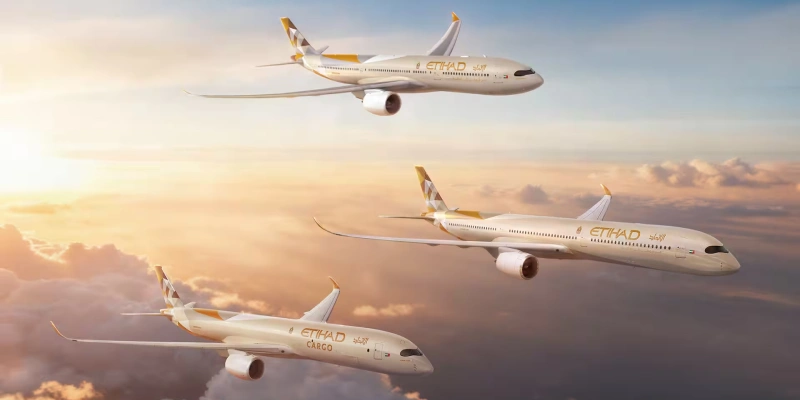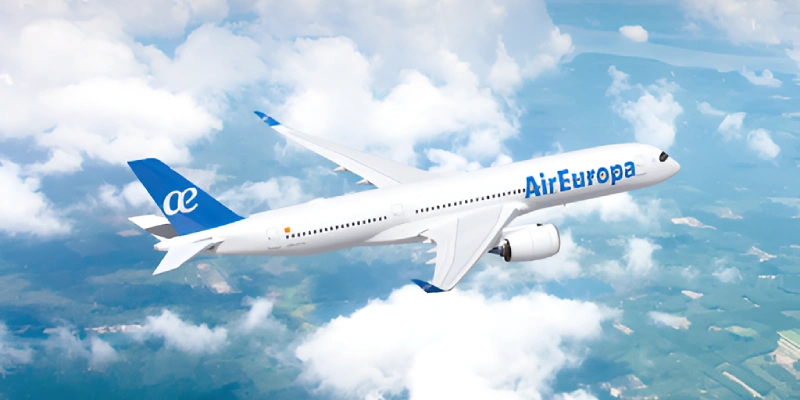Boeing took delivery of its last 747 aircraft on Tuesday and bid farewell with full honors to the so-called “Queen of the Skies”, the historic model with which the U.S. company revolutionized air transport more than half a century ago.
Thousands of people – among them many workers and former employees of the aeronautical giant, but also representatives of airlines and the airline industry – gathered at the company’s plant in Everett (Washington) to attend a ceremony that was broadcast live on the Internet.
Inside a gigantic hangar, participants shared and listened to stories about the development of the aircraft and paid tribute, among others, to the “Incredibles,” the group responsible for creating what is probably the world’s best-known airliner model.
“We’re talking about one of the most important airplanes in all of history,” explained Mike Lombardi, the head of Boeing’s archives, in a video, who emphasized above all how the 747 “democratized” flight.
→ Boeing to add new 737 MAX production line in Everett
“Because of its size, its range and the economics of this airplane, ordinary people around the world were able to buy tickets and fly on a 747,” Lombardi said.
The latest 747, the 1,574th made by Boeing, is a freighter purchased by U.S. airline Atlas Air and assembled during the last few months of last year in Everett, in the same plant where all units of this model have been built.
The 747 was the first twin-aisle commercial airliner and, thanks to its capacity for more than 400 passengers, is considered to be one of those responsible for making air transport cheaper and bringing it closer to the masses.
Its development began in the mid-1960s on behalf of Pan American Airlines, and from the very beginning it was conceived as both a passenger and cargo aircraft, which gave rise to its front hump, the most characteristic element of its design.
The 747 became a sensation: a much larger aircraft than any seen before, with a luxurious upper cabin and a long range that made it ideal for transatlantic travel.
The 747 in numbers
Production began in 1967. Some 50,000 mechanics, engineers and administrative staff were involved in a project that lasted about 16 months.
Boeing built a large factory in Everett, Washington, in the northwestern United States. The complex contains the world’s largest building by volume.
A 747 first flew on February 9, 1969, and entered service for Pan American Airways on January 21, 1970, for a trip between New York and London.
Boeing has built 1,574 747 aircraft for more than 100 customers. The plane can potentially carry more than 600 passengers, although it has been configured for fewer.
The final version of the plane, the 747-8, measures 19.5 meters, the average height of a six-story building, according to Boeing.
It is capable of traveling the length of three FIFA soccer fields in one second.
Main functions
The 747 is well recognized as the presidential aircraft of the United States, having served everyone in the White House since 1990. This group includes George Bush, Bill Clinton, George W. Bush, Barack Obama, Donald Trump and Joe Biden.
Other missions have included supporting NASA in the 1970s, when two 747s were modified to carry space shuttles.
Boeing has also used the 747 for its own purposes, designing a special version to carry important parts for its 787 Dreamliner, a descendant of the 747 that has played a role in its retirement.
A place in history
In 1979, John Paul II flew on an Aer Lingus 747 for the first papal visit to Ireland, while that same year Iran’s Ayatollah Khomeini took an Air France 747 to return from exile.
Among the deadliest accidents involving this model was the 1977 accident in which two planes collided at the airport on the Spanish island of Tenerife, killing 583 people.
In August 1985, 520 people died in a Japan Airlines plane crash between Tokyo and Osaka.
In May 1991, a 747 operated by Israel’s El-Al, after removing seats, carried some 1,100 passengers on an evacuation of Ethiopian Jews to Israel.
Source EFE and AFP
Related Topics
Emirates and Silk Way West Airlines Expand Their Airbus A350 Orders
New Airbus Customer: Buraq Air Announces Order for 10 A320neo Family Aircraft
Etihad and Ethiopian Airlines Expand Their Fleets with New Airbus Aircraft Orders
Air Europa Bets on Airbus A350: Signs MoU for Up to 40 Jets

Plataforma Informativa de Aviación Comercial con 13 años de trayectoria.




